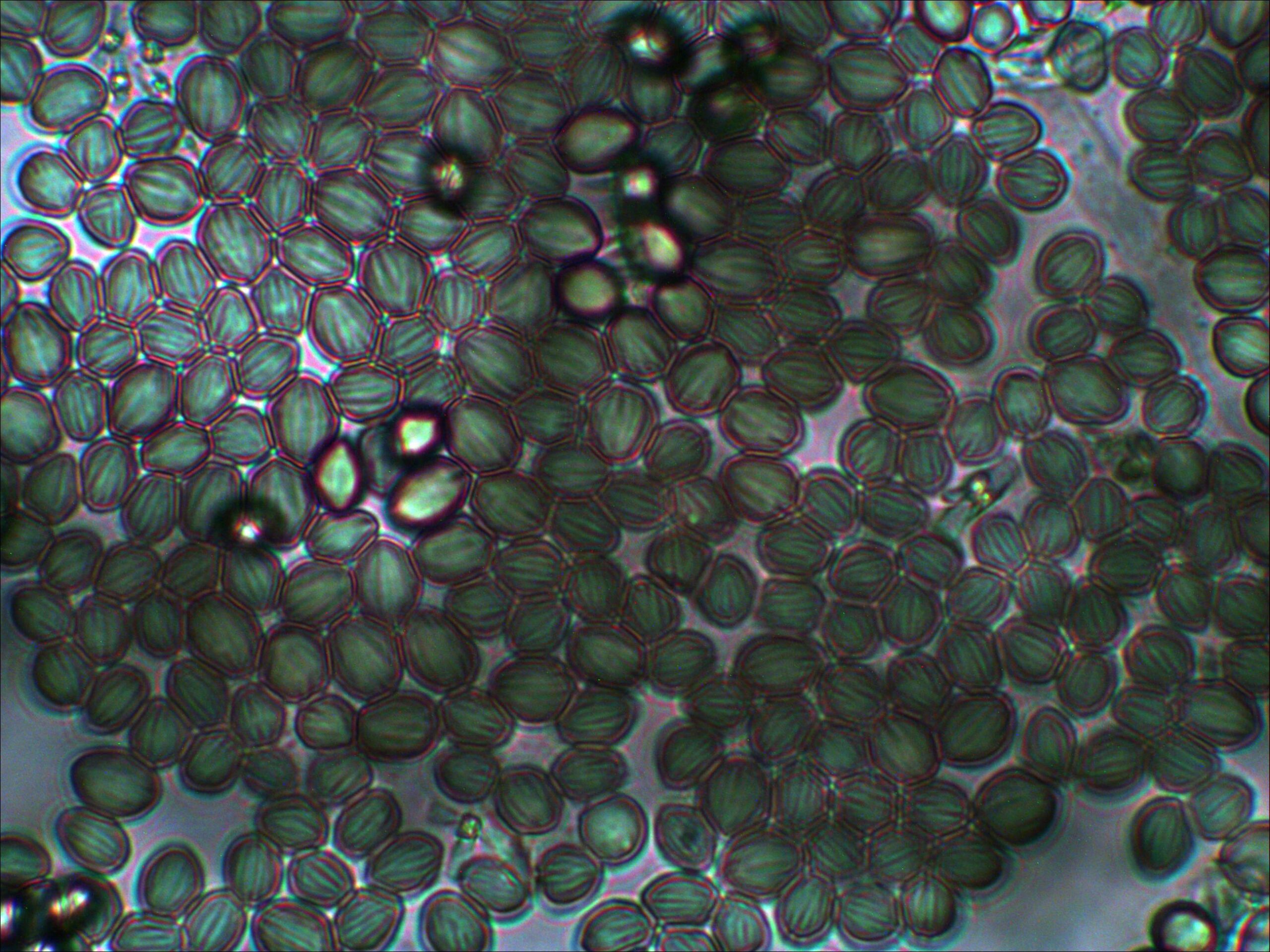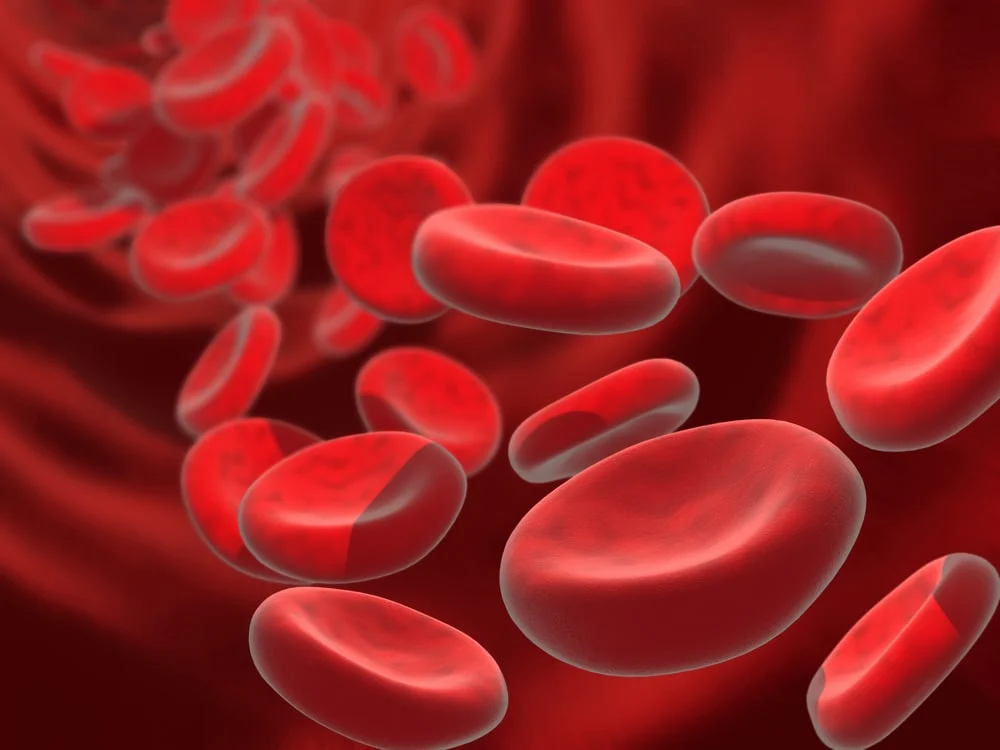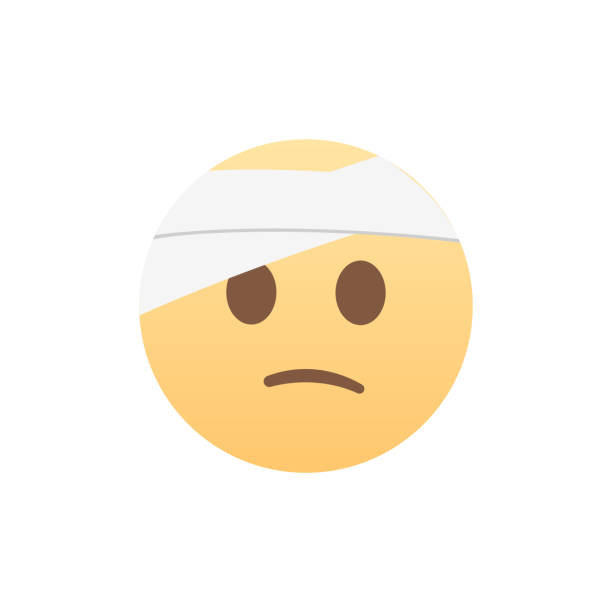
Food Safety Concerns Amidst CDC Cutbacks
As of July 1, 2025, the CDC’s FoodNet program dramatically reduced its scope. Once responsible for monitoring eight major foodborne pathogens, FoodNet now tracks only two:

As of July 1, 2025, the CDC’s FoodNet program dramatically reduced its scope. Once responsible for monitoring eight major foodborne pathogens, FoodNet now tracks only two:

Growing Healthy Together is now on Substack! Read more on Picky Eating vs. ARFID here. Here’s a preview of the article: Mealtimes with

When you become a parent, you also become something of a professional poop rainbow decoder, and each change might bring new information about your baby’s

Despite the initial shock of opening a diaper to find green, it is common in infants. The good news is that occasional changes in poop

What are warts? Warts are small, firm bumps on the skin caused by close contact with viruses from the HPV (human papillomavirus) family (Goldstein et

Understanding Mold Exposure: Risks, Symptoms, and Prevention Mold is a group of fungi that exists worldwide, commonly found in homes, outdoor environments, and workplaces (Borchers

Anemia occurs when your body does not produce enough healthy red blood cells. Red blood cells have hemoglobin, a protein that holds and brings oxygen

Concussions are traumatic brain injuries (TBI) caused by rapid movement of the brain inside the skull. A concussion can be caused by any damage to

Melatonin is a brain hormone naturally produced at night when it’s time to sleep. It does not keep you asleep; it helps you fall asleep.

What is rotavirus? Rotavirus is a virus that spreads easily among children. Signs and symptoms include fever, abdominal pain, vomiting, and diarrhea. Vomiting and diarrhea